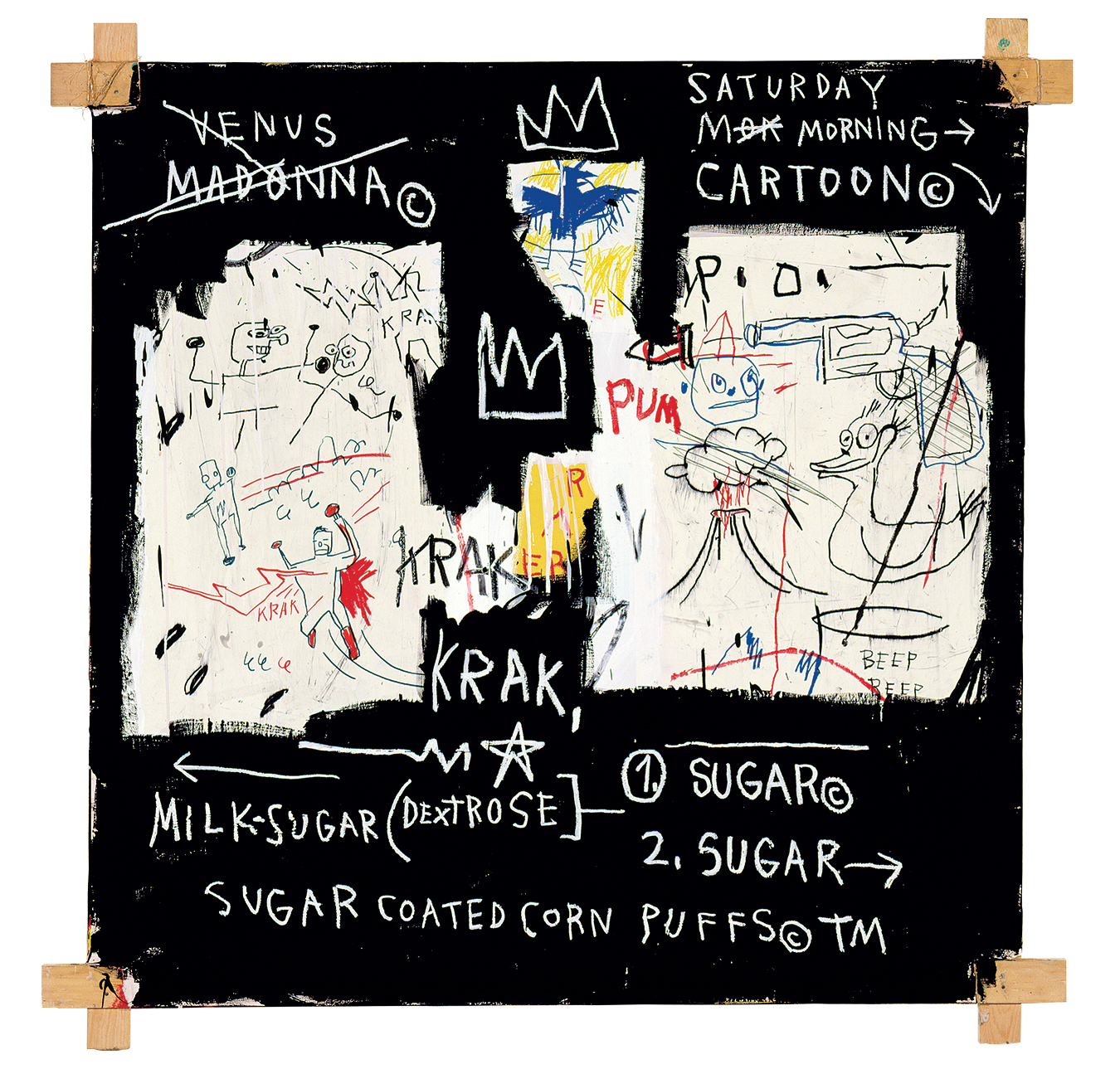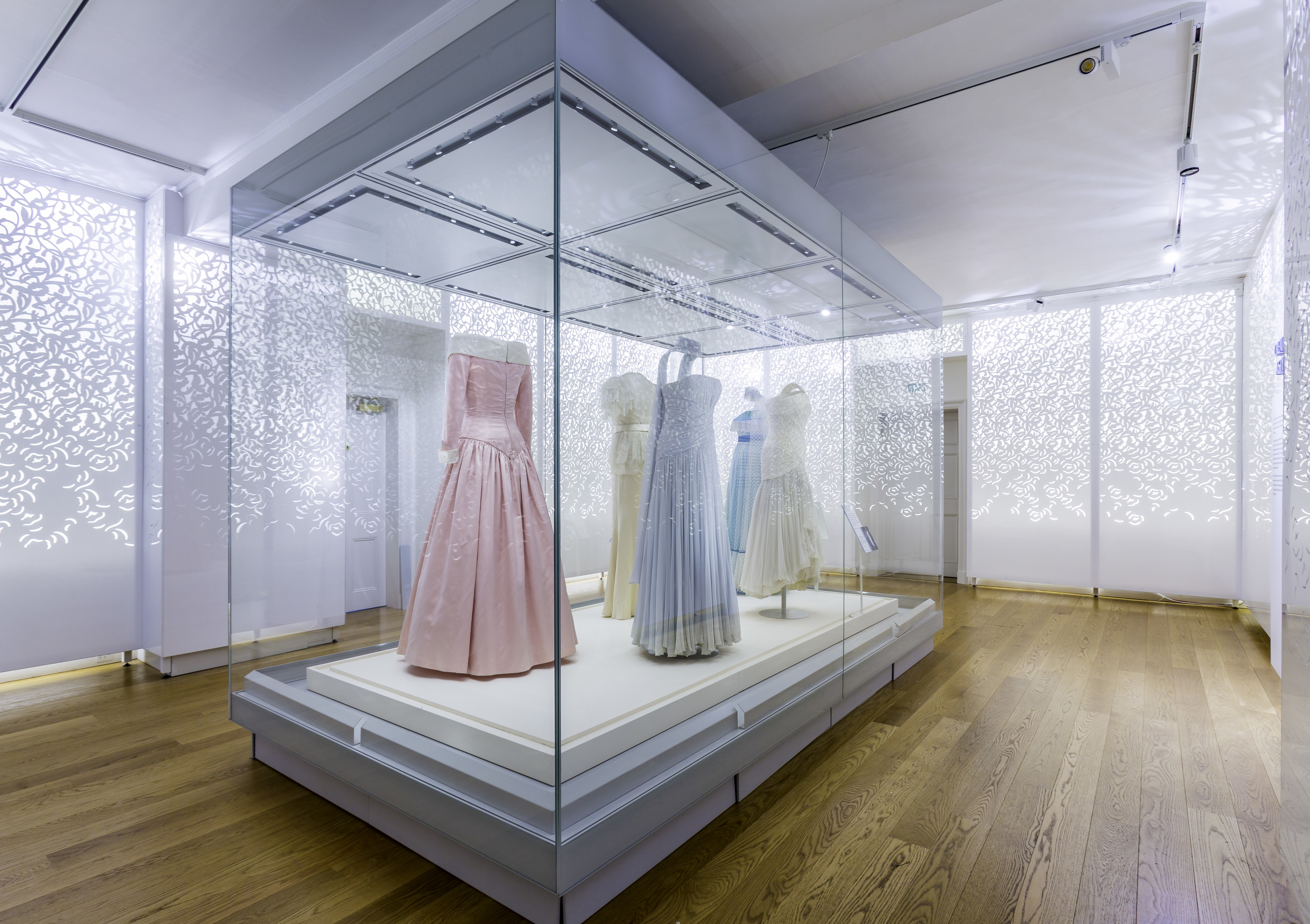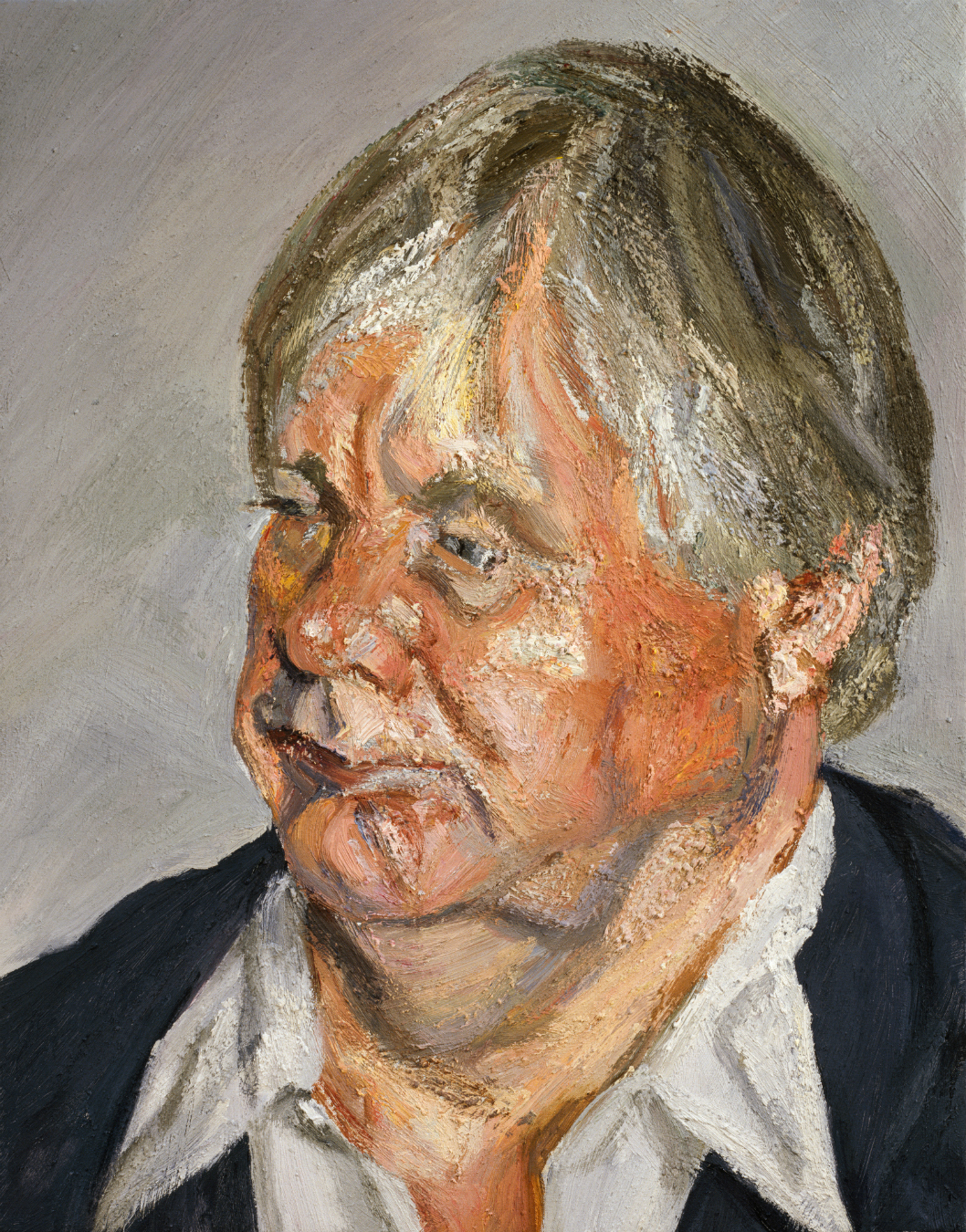-
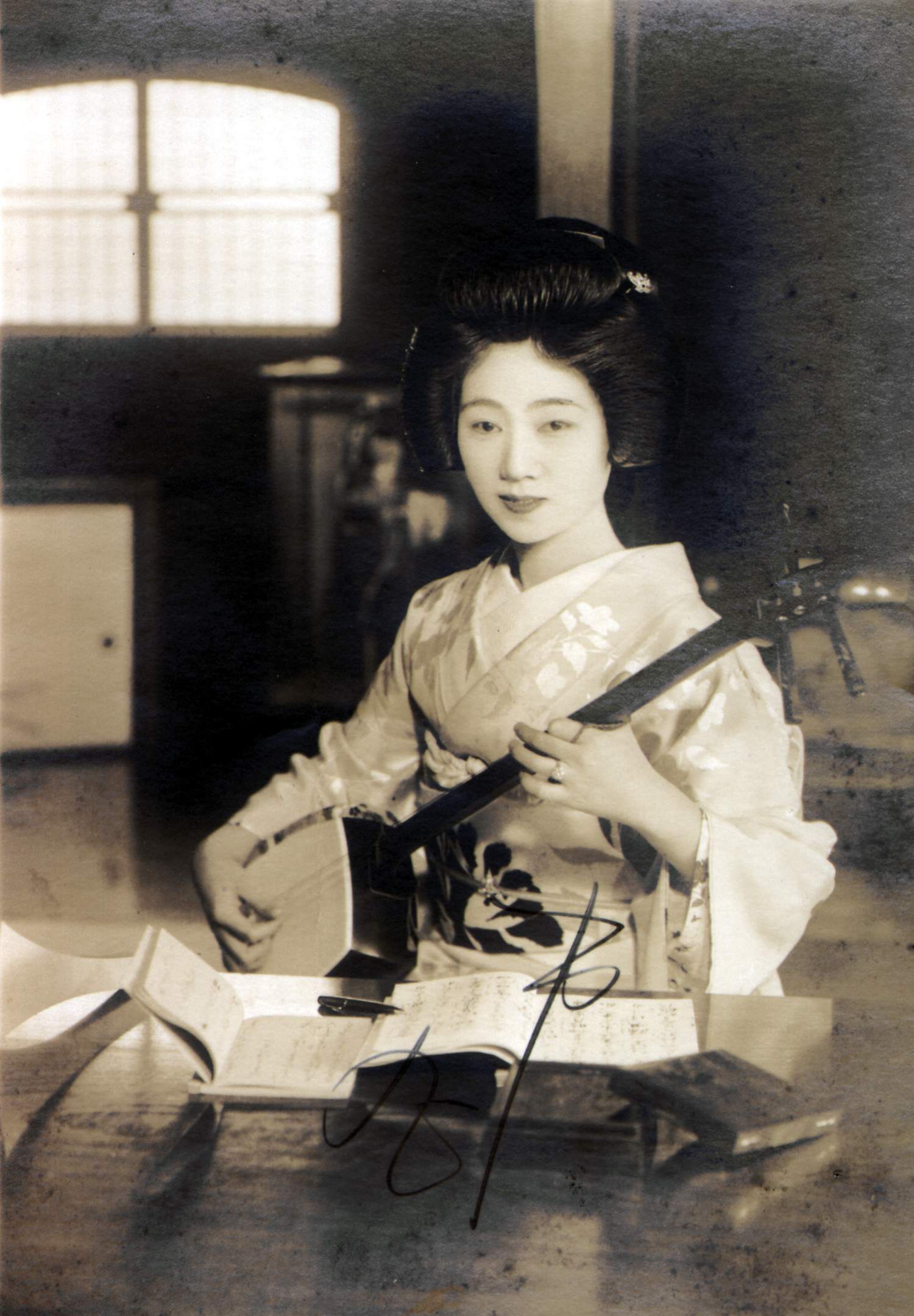
A young Ichimaru playing the shamisen guitar.
-
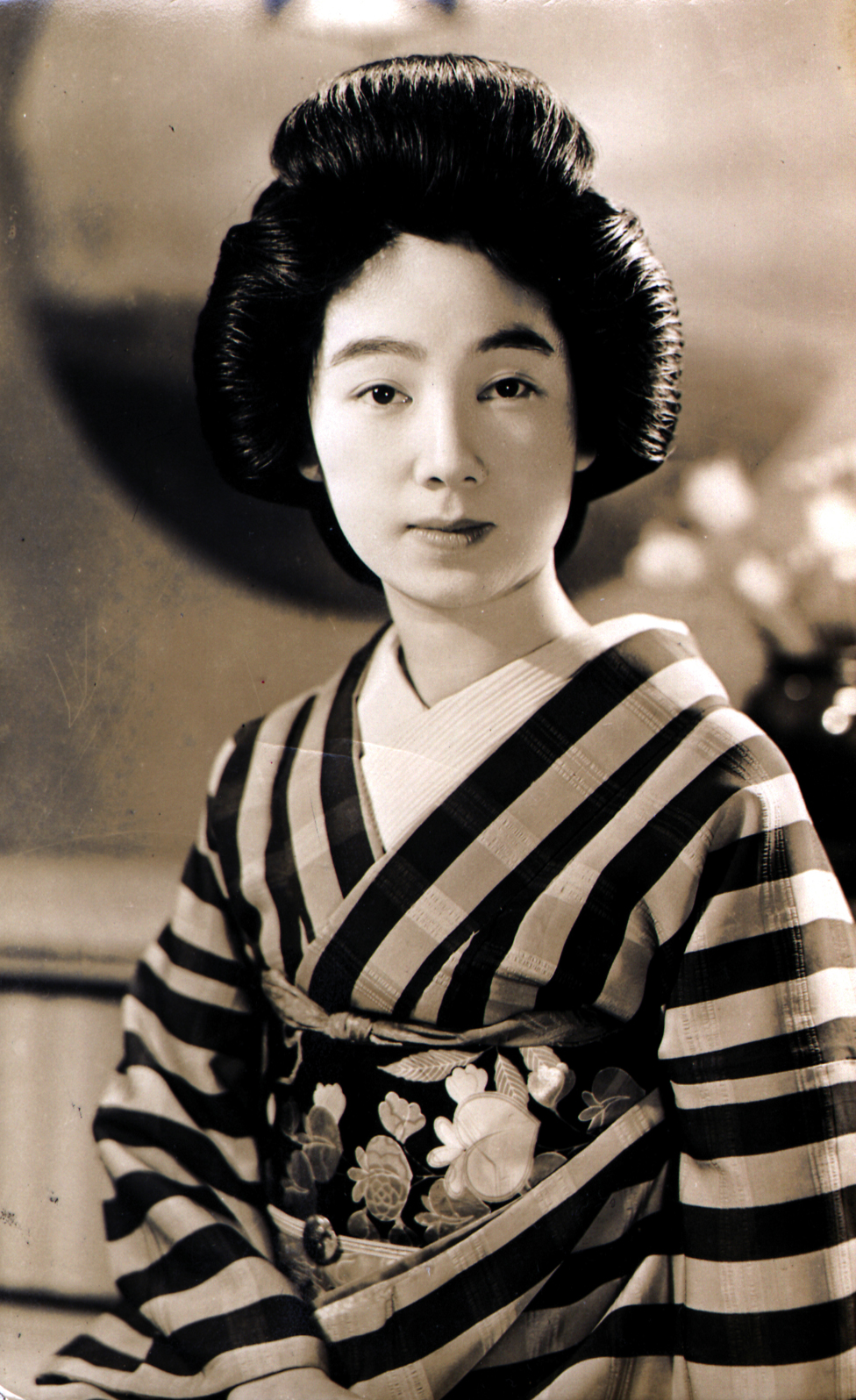
A portrait of geisha Ichimaru.
-
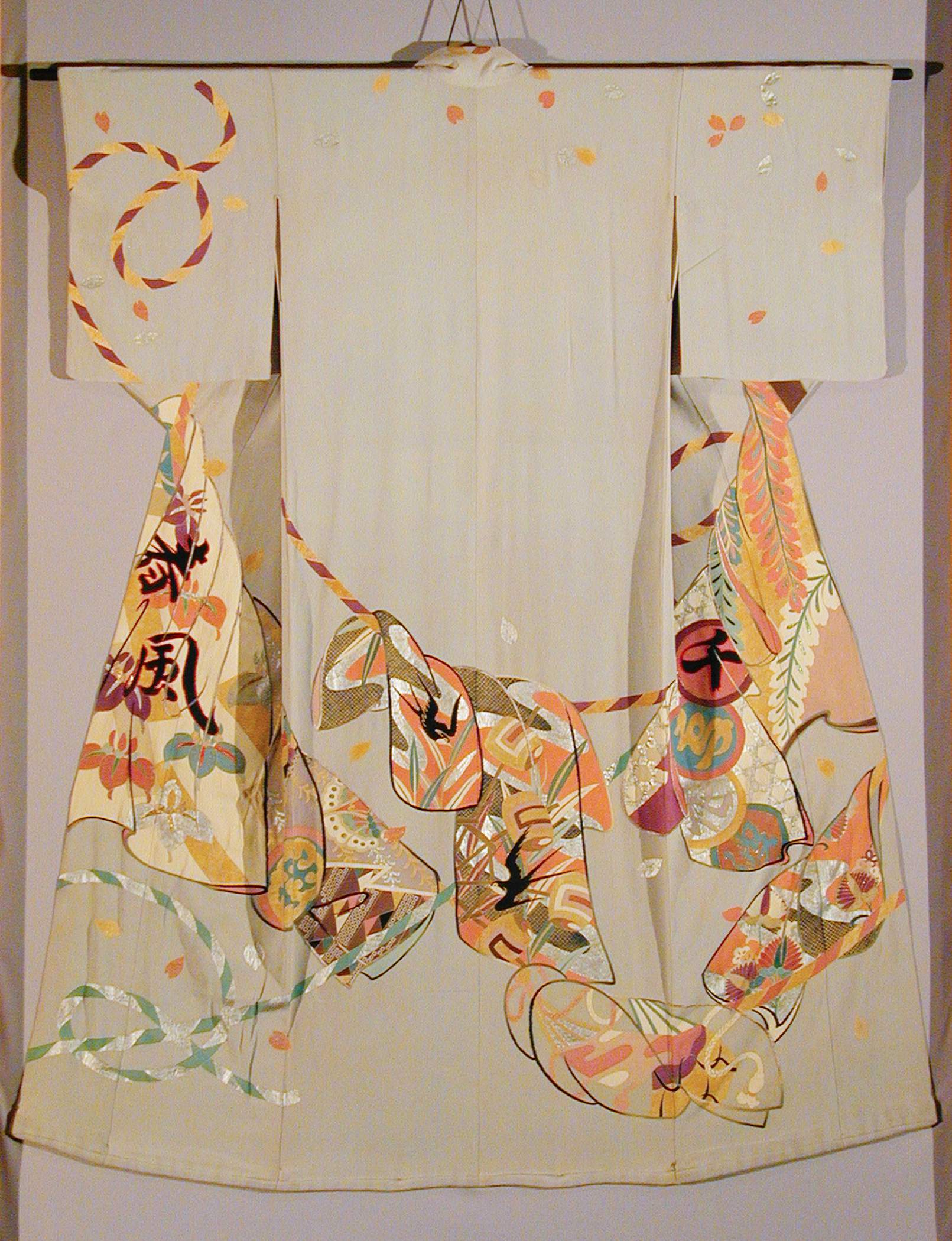
A semi-formal kimono (homongi) from Ichimaru’s collection.
-
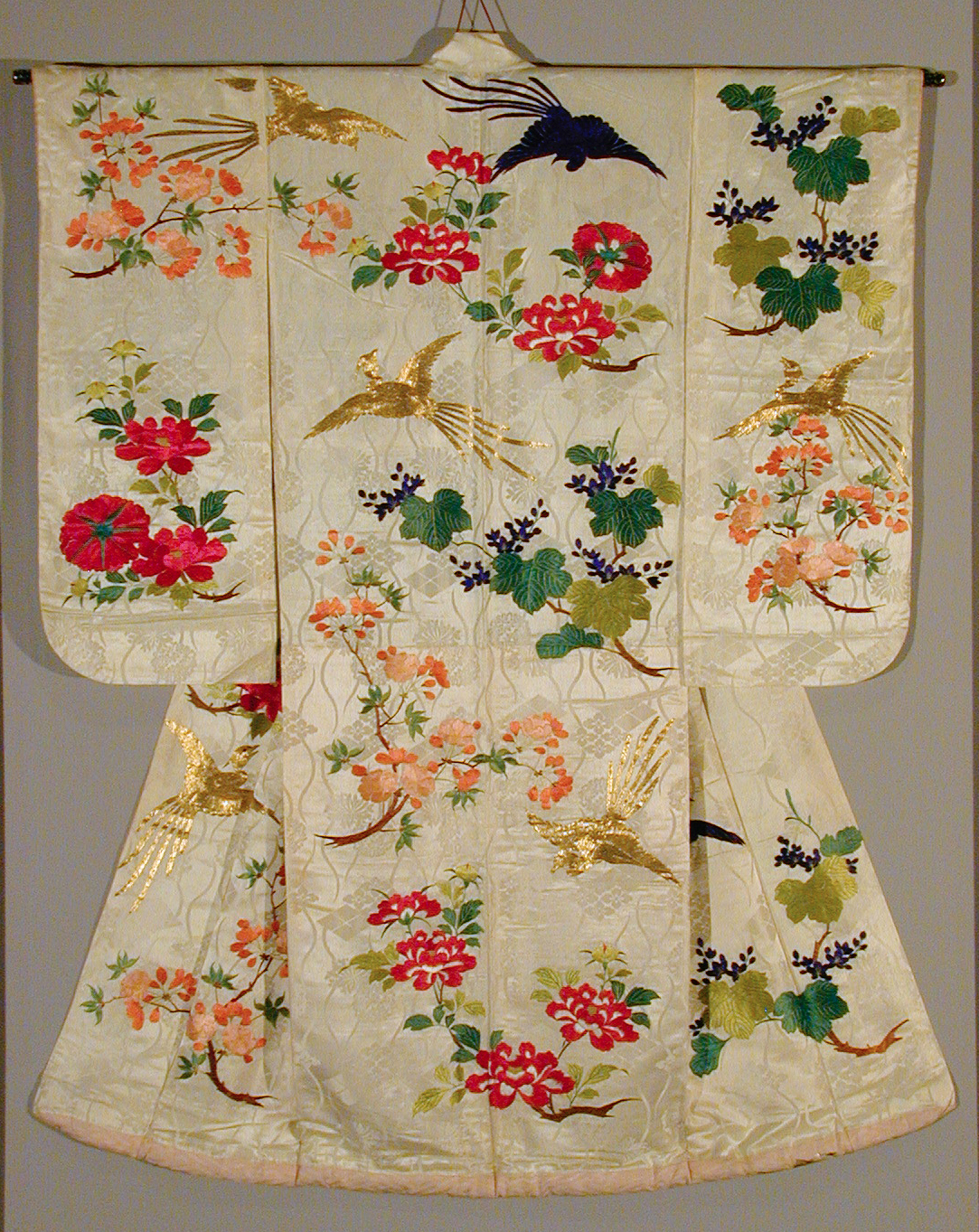
A semi-formal kimono (homongi) from Ichimaru’s collection.
-
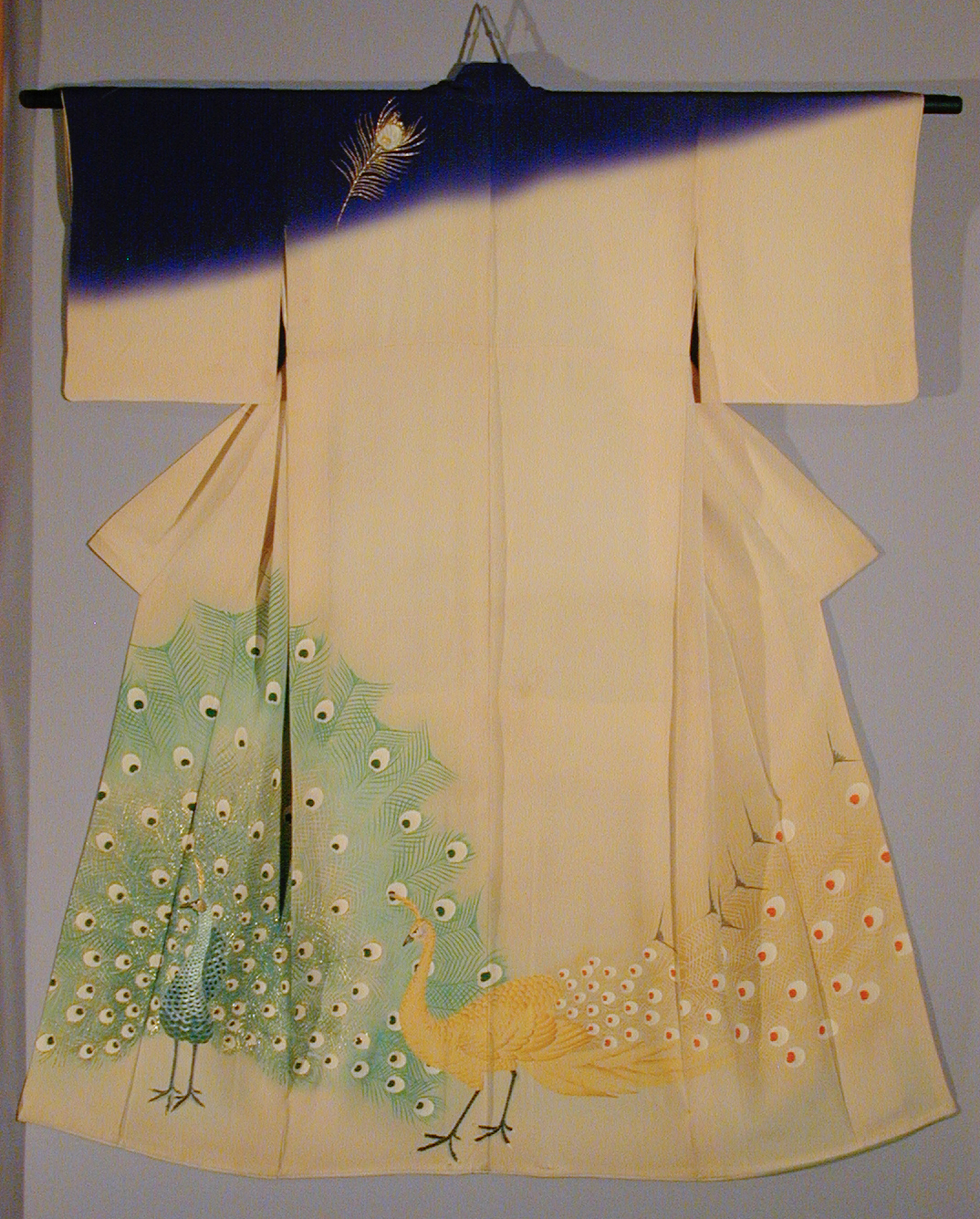
A semi-formal kimono (homongi) from Ichimaru’s collection.
-
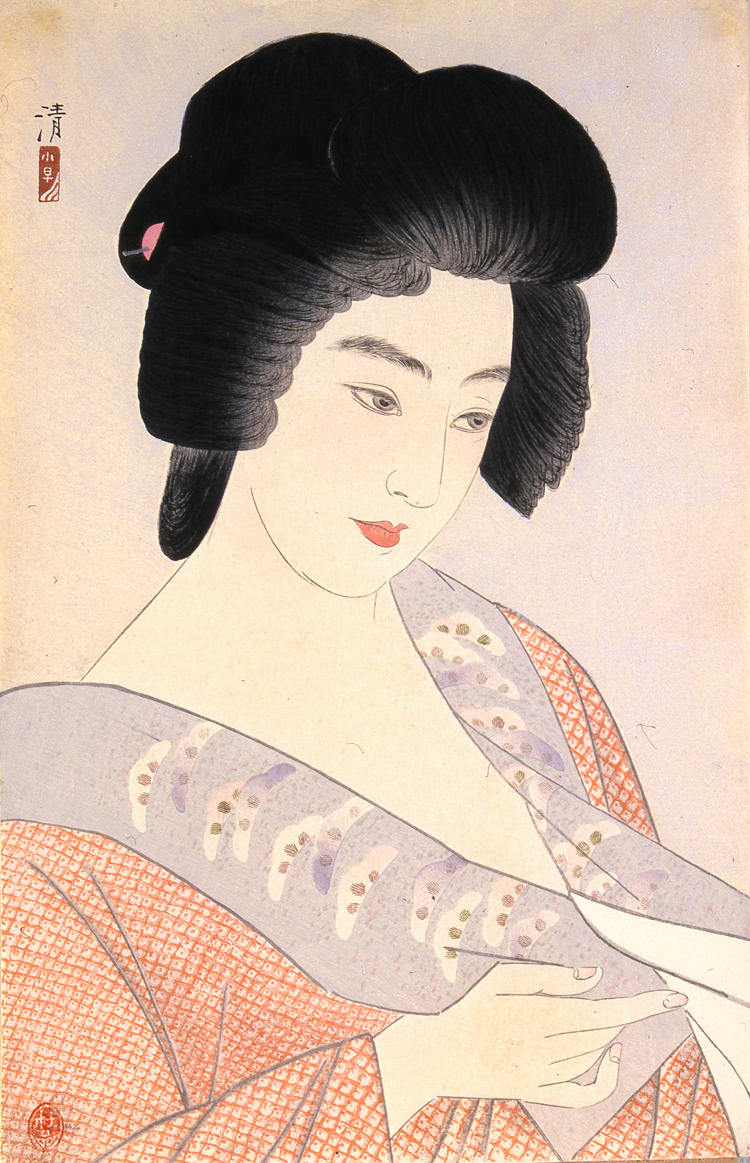
Kiyoshi Kobayakawa, The Geisha Ichimaru, 1932, woodblock print.
The Kimonos of Ichimaru
Stitches in time.
There are strong ties between a geisha and her kimono. Both possess elegance and an artistic aesthetic. The doll-like makeup of a geisha reflects a demure sense of femininity, as does the cut and drape of the straight-lined robe. Comparably, the delicate details and print of the traditional Japanese garment can imply much about its wearer, from age to social class. In Ichimaru’s case, it told her story.
A notable figure of 20th-century Japan, Ichimaru, born Mitsue Goto, was a geisha, musician, and vocalist. Like most geisha, poverty forced her into the profession as a young teen; however, her beautiful voice and exceptional talent for playing the shamisen guitar earned her a reputation and eventually allowed her to leave the business to pursue a full-time career in folk music. She signed a record deal in the early 1930s and never looked back, garnering admiration and acclaim locally and internationally.
Even with her geisha days behind her, Ichimaru continued to dress the part for the remainder of her life until she passed away in 1997. This performance wardrobe of hand-crafted kimonos demonstrated both her past and present, acting as a wearable timeline of her life. The back of one kimono depicts the black silhouette of a bridge and a riverbank, with the branches of a willow tree framing the shoulders of the robe. The idyllic scene was a reference to Yanagibashi (Willow Bridge), a pleasure quarter in Tokyo where Ichimaru initially stretched her musical legs. Another illustrates a clothing line of kimonos twirling in a gust of irises and water-flowers with “spring wind” marked in Japanese characters on the garment’s front opening, citing a verse from Ichimaru’s first hit song, the theme to the 1933 film Nure Tsubame (Wet Swallow).
Until May 25, Ichimaru’s kimonos will be displayed in an exhibit titled From Geisha to Diva: The Kimonos of Ichimaru at the Textile Museum of Canada in Toronto. The exhibition is organized and circulated by the Art Gallery of Greater Victoria. It examines the transformation of the traditional garment over the past century and, perhaps more remarkably, provides an intimate peek into Ichimaru’s fascinating life.
All images courtesy of the Art Gallery of Greater Victoria.





